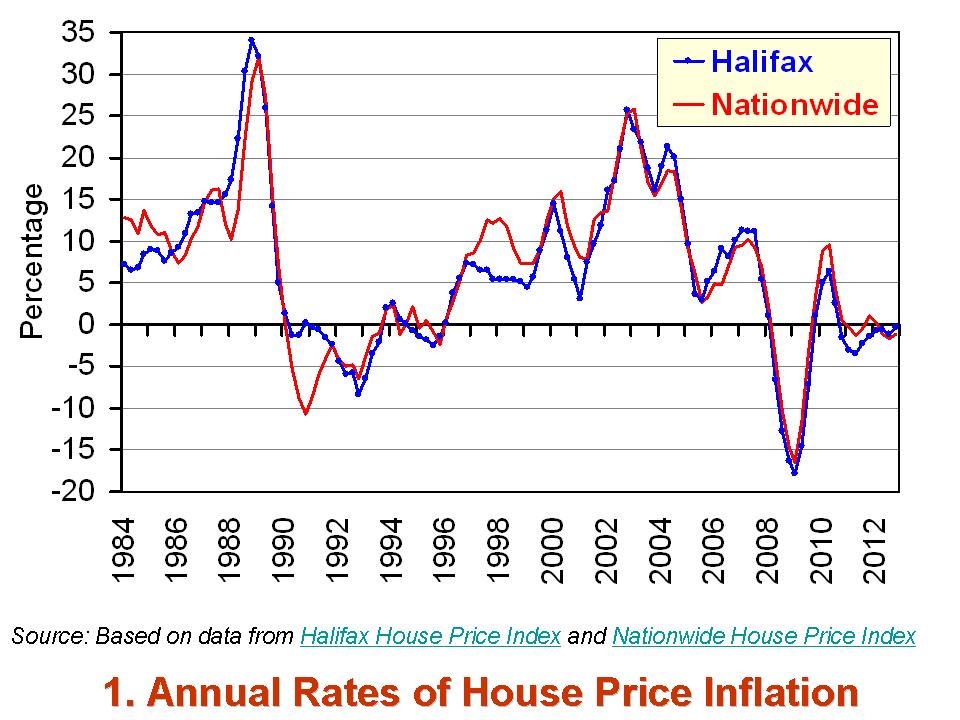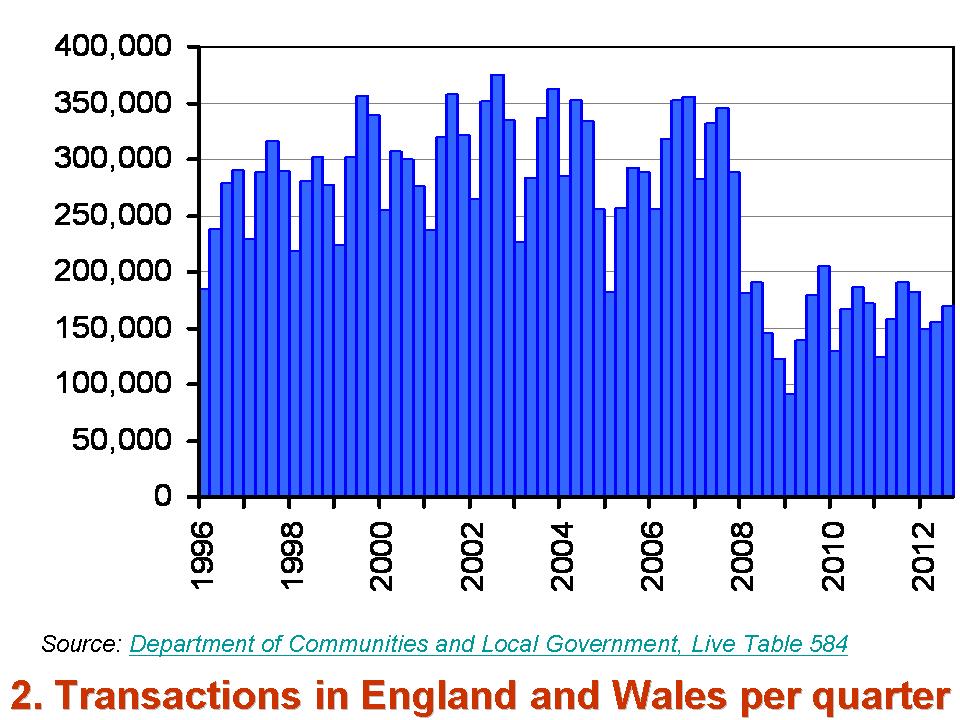 The housing market is an incredibly fascinating market to monitor and to research. The market was at the centre of the financial crisis with some lenders accused of over-aggressively expanding their mortgage books and relaxing their lending criteria. The UK housing market of today looks very different to the market before the financial crisis. Nationally, house prices are stagnant while transaction numbers are less than half their pre-crisis level. The UK housing market appears almost as ‘cold’ as the recent weather!
The housing market is an incredibly fascinating market to monitor and to research. The market was at the centre of the financial crisis with some lenders accused of over-aggressively expanding their mortgage books and relaxing their lending criteria. The UK housing market of today looks very different to the market before the financial crisis. Nationally, house prices are stagnant while transaction numbers are less than half their pre-crisis level. The UK housing market appears almost as ‘cold’ as the recent weather!

As the first chart shows, the annual rate of house price inflation across the UK has been consistently close to or even below zero over the past couple of years. The latest figures from the Nationwide Building Society point to the average UK house price in the final quarter of 2012 being 1.1 per cent lower than in the final quarter of 2011. The figures from the Halifax concur with their estimate showing UK house prices 0.3 per cent lower year-on-year in the final quarter of 2012. This is a very different picture from that during the 2000s. As recently as 2007, the annual rate of house price inflation was in excess of 10 per cent.
 Another indicator of the changing face of the UK housing market is the level of activity. The second chart shows the number of transactions per quarter across England and Wales since 1996. The figures from the Department of Communities and Local Government show that since the start of 2010 England and Wales has seen an average of 159,000 transactions per quarter. This compares with an average of 294,000 transactions over the period from 1996 to the end of 2007. Hence, the number of purchases today is roughly half the level prior to the financial crisis.
Another indicator of the changing face of the UK housing market is the level of activity. The second chart shows the number of transactions per quarter across England and Wales since 1996. The figures from the Department of Communities and Local Government show that since the start of 2010 England and Wales has seen an average of 159,000 transactions per quarter. This compares with an average of 294,000 transactions over the period from 1996 to the end of 2007. Hence, the number of purchases today is roughly half the level prior to the financial crisis.
 A further indicator of today’s very different housing market is the numbers of approvals by lenders for mortgages for house purchases. The latest Bank of England figures show that across the UK, the number of approvals each month in the first eleven months of 2012 averaged 51,000. Since 2010, the average monthly number of approvals has been 49,000. However, over the period from 1996 to the end of 2007 there were over 102,000 mortgages being approved each month.
A further indicator of today’s very different housing market is the numbers of approvals by lenders for mortgages for house purchases. The latest Bank of England figures show that across the UK, the number of approvals each month in the first eleven months of 2012 averaged 51,000. Since 2010, the average monthly number of approvals has been 49,000. However, over the period from 1996 to the end of 2007 there were over 102,000 mortgages being approved each month.
A trawl through some of the key indicators of the UK housing market helps to paint a picture of a market that is markedly different to that before the financial crisis. It would be a big surprise in today’s financial and economic climate if there were to be any significant change in the path of these indicators for some time.
Data
Statistical data set – Property transactions Department of Communities and Local Government
Nationwide house price index Nationwide Building Society
Halifax House Price Index Lloyds Banking Group
Lending to individuals – November 2012 Bank of England
Articles
UK house prices drop 1% Guardian, Hilary Osborne (3/1/13)
House prices on course to pass pre-crisis peak levels Telegraph, Roland Gribben (21/1/13)
House prices rise at highest rate in seven months Independent, Vicky Shaw (15/1/13)
UK mortgage market ‘now more robust’ BBC News, (21/1/13)
Bank of England report flags improving mortgage market Telegraph, Emma Rowley (21/1/13)
Questions
- Draw up a list factors that are likely to have affected each of our 3 indicators of the UK housing market (house price inflation, transactions and mortgage approvals) since the late 2000s.
- Using a demand-supply diagram, illustrate the forces that have affected house prices in the late 2000s and early 2010s.
- Draw up a list of issues surrounding the housing market that would be of interest to a microeconomist. Now repeat the exercise for a macroeconomist.
- Why are house prices so notoriously volatile? Can you think of any other markets where prices are similarly volatile? Do these markets share any common traits?
- If you were a commentator on the UK housing market what would you be forecasting for prices and activity in 2013?